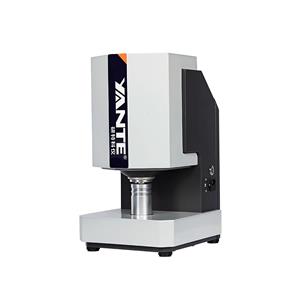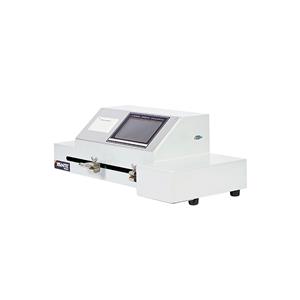Common usage precautions for paper whiteness tester
The paper whiteness tester mainly measures the whiteness of various objects such as paper and cardboard, pulp and chemical fiber pulp, cotton and chemical fiber, textiles, plastics, starch, salt, white cement, porcelain clay, talcum powder, etc. It can also measure the optical properties such as opacity of thin sheet materials.
Method of using a paper whiteness meter
1. Preparation work
Place the paper whiteness meter on a stable horizontal surface to ensure its stability.
2. Adjust the instrument
Turn on the instrument switch and follow the instructions in the manual to calibrate and adjust the instrument to ensure the accuracy of the measurement results.
3. Measure the whiteness of the paper
Lay the paper sample to be measured flat on the whiteness meter, ensuring that the surface of the paper is flat, without wrinkles or stains. Press the measurement button on the instrument, wait for a period of time, and the instrument will automatically display the measurement result.
4. Data processing
After the measurement is completed, record the whiteness value displayed by the instrument, and then perform data processing as needed, such as calculating the mean, variance, etc.
matters needing attention
1. Before measurement, accurately understand the type, specifications, status, and other relevant information of the paper sample in order to determine the measurement parameters.
2. Before measurement, the instrument should be calibrated and adjusted to ensure the accuracy of the measurement results.
3. During measurement, efforts should be made to minimize the influence of the surrounding environment, such as light and water vapor.
After the measurement is completed, the instrument should be cleaned in a timely manner to avoid any impact on the next measurement.
maintain
When the instrument is not in use, cover it for protection and keep it clean.
After use, turn off the power switch of the instrument and cut off the power.
After testing the powder sample, clean the test hole and sample holder with a clean gauze to avoid contaminating the subsequent sample with powder.
Do not touch the working surface of the standard with your hands. If necessary, cotton balls dipped in anhydrous ethanol can be used to wipe the working standard board and remove dirt. After use, the black tube should be placed with the opening facing downwards to prevent dust from falling. Store the standard in the accessory box and keep it clean.
Do not touch the light source bulb and optical components with your hands. When cleaning is needed, use tweezers to clip degreased cotton and dip it in anhydrous ethanol for wiping.
Frequently used instruments should be replaced with new light bulbs every year. Open the two rear doors, loosen the two screws located at the upper part of the four screws on the side of the lamp holder, wear clean gloves, pull out the old light bulb upwards, and replace it with a new light bulb. Pay attention that the filament height should be level with the center of the spotlight, and tighten the screws.
After using the instrument for a long period of time or replacing it with a new light bulb, adjustments should be made to ensure that the measured value of the fluorescence standard is equal to its standard weight value, and the fluorescence factor should be reset.



